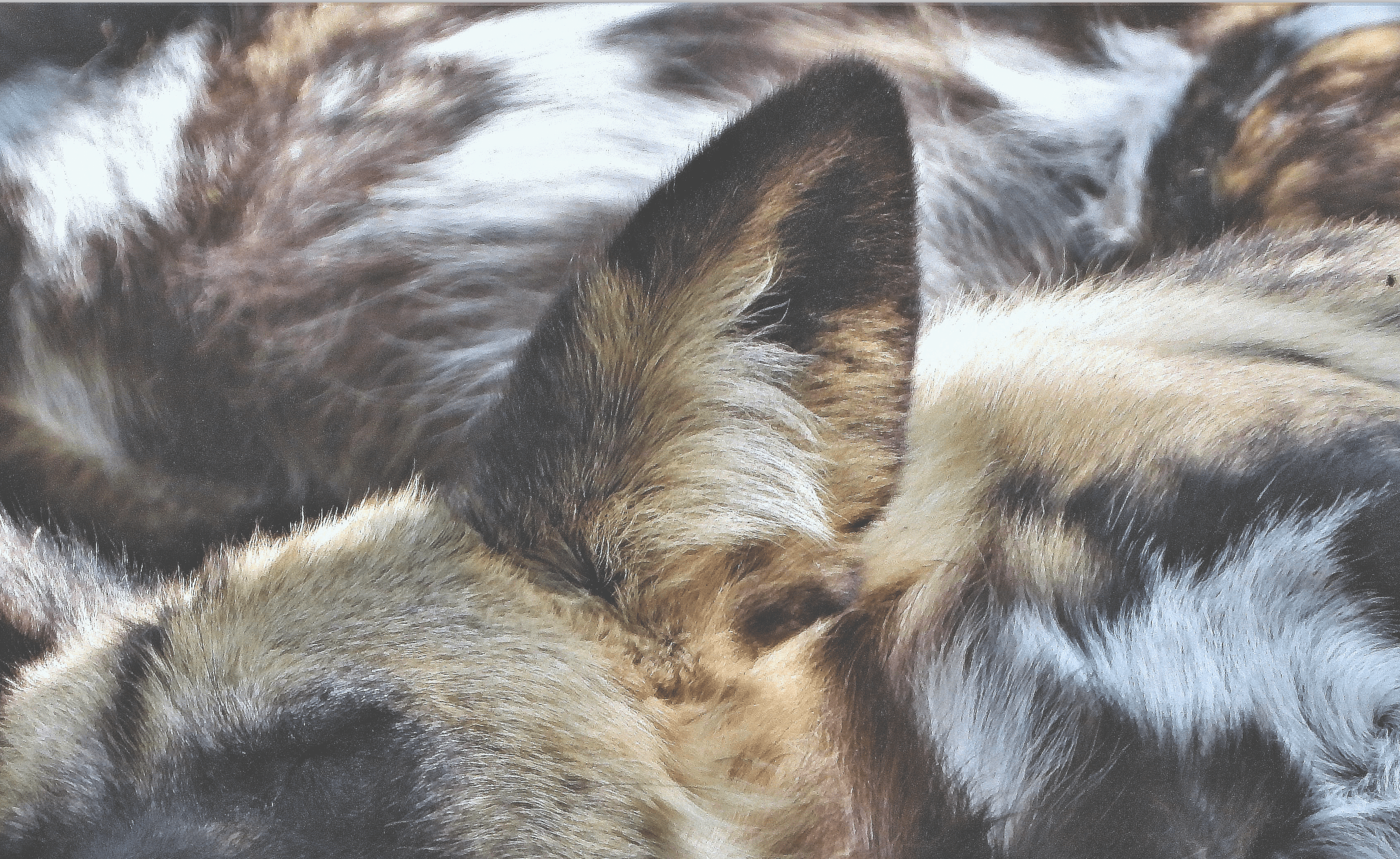This week, the Twitterverse leads in the celebration of Black excellence in mammalogy with the first event of Black Mammalogists Week, Misunderstood Mammal Monday. In a dual-purpose event, researchers and scicomm-ers were interviewed on a panel to dispel myths about wildlife that are often perceived poorly by the general public.
Given the current sociopolitical climate, it is imperative that Black academics, science communicators, and all who fall in-between, are given the platforms and resources to combat the systemic exclusion of people of color in STEM spaces like the field of mammalogy. Being receptive to edification distributed by non-white educators is one step in the right direction.
Misguided Perceptions of Carnivores
Among those oft-misunderstood species are the spotted hyena (Crocuta crocuta) and the coyote (Canis latrans). Perhaps it’s attributed to their carnivorous nature. Their meat-eating disposition invites endless media opportunities to villainously anthropomorphize and exaggerate basic behaviors such as hunting. (Those picture-perfect moments featuring the hyena’s jaws around a wildebeest’s leg or a coyote with a housecat in its chompers are too good to pass up, right?)
Due to these violent portrayals that have persisted for centuries in mainstream thought, these species have remained on the receiving end of indiscriminately harmful – even lethal – management practices. The coyote, for example, is the target of ongoing removal (also known as “control”) programs that not only rely on federal and state wildlife managers and resources but civilian participation as well, often in the form of “coyote derbies.”
On the other hand, the spotted hyena suffers in the spotlight of deeply-rooted international hatred nursed by popular media like Disney’s 1994 animated film, The Lion King, in which the animals were inaccurately portrayed as depraved scavengers. These widespread sentiments impose significant negative influences on human-wildlife conflict, and thus, the environment (especially given the spotted hyena’s critical ecological significance within a vast expanse of African habitats). Considering the scarcity of Hyaenidae members and the Near Threatened status of the brown hyena (Parahyaena brunnea) as a direct consequence of human-driven habitat degradation, public embrace of these animals is crucial to ensuring their persistence into the future.
Why Black People Must Dispel These Myths
To begin breaking through the barriers to public acceptance of misunderstood carnivores, the inclusivity and accessibility of wildlife education must be improved for constituents of all backgrounds. One critical step to achieving this is to ensure that everyone understands that non-white educators and scientists are just as valid and capable of distributing trustworthy scientific information as their white colleagues.
Throughout history, wildlife research, management, and even outdoor leisure activities have been associated almost exclusively with white people. Defense of the pervasive and perpetually disproportionate Eurocentric control in wildlife and outdoor work is largely driven by arguments claiming that people of color do not have the capacity to care about the environment to the extent that white people do. This is often justified by arguments of social inequities in access to wealth and “free time.”
Although these ideas do hold a bit of truth, the glaring lack of non-white representation in these fields is largely due to systemic racism and undervaluing non-white knowledge. For example, there is little justification as to why African scientists are less represented than white academics in research and myth-busting outreach initiatives concerning species like the hyena. As we increase non-white representation in professional wildlife fields, we also have to do better at including non-white communities in our outreach programs. For example, there is no reason why Black residents are not more frequently targeted in public education programs centered on urban species like the coyote, considering that Black people are also affected by human-wildlife conflict, just like their white neighbors.
Once professionals and enthusiasts welcome greater cultural and ideological diversity into wildlife management principles, effective wildlife stewardship opportunities will be multiplied beyond imagination. We have a long way to go, and events such as Black Mammalogists Week represent only the beginning of this work. We are honored to highlight the incredible work that is presently led by Black Mammalogists and are eager to see what lies in store for African diasporic representation in mammalogy.
My name is Jazmin “Sunny” Murphy, and I am a science communicator and web content writer. Since 2015, I’ve been producing scientific content that is written in plain English. My love for wildlife has influenced my professional and academic aspirations since I was a kid. I hold a Bachelor of Science in Zoology and 21 units of a Master’s education in Environmental Policy & Management (concentration: Fish and Wildlife Management). You can learn more about me and my science writing and reporting work at my website, Black Flower Writing Services.
